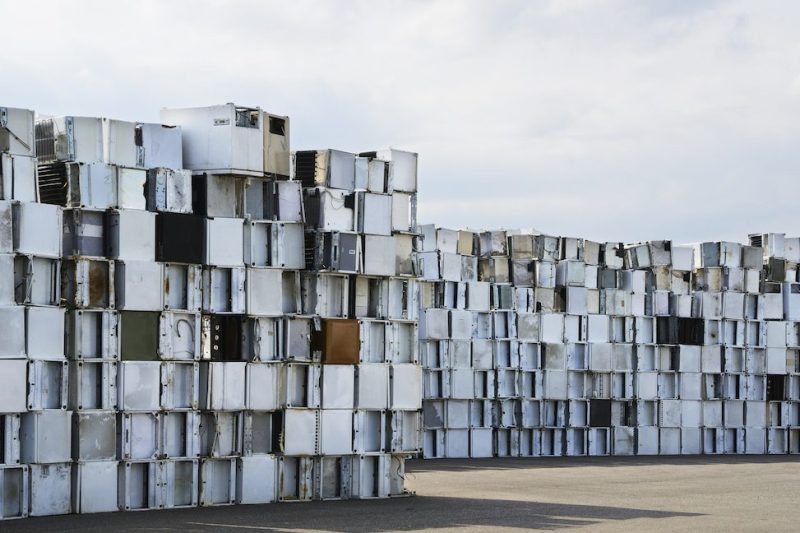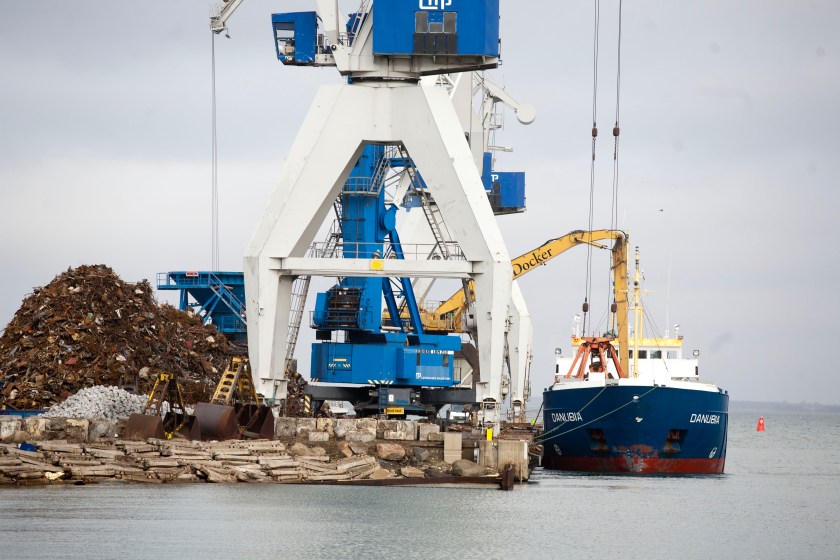
As a nation, Sweden set out to send as little of its garbage to landfills as possible. It proved to be a wild success, as landfills now receive less than one percent of Swedish waste. Instead, Sweden recycles roughly half of its household refuse. The rest becomes energy through an incineration process called waste-to-energy (WTE) at one of dozens of plants across the country.
What are the benefits of these plants? Elisabeth Brau reports for Al Jazeera America that in Sweden “950,000 homes are heated by trash; this lowly resource also provides electricity for 260,000 homes across the country, according to statistics from Avfall Sverige, Sweden’s national waste-management association.”
Indeed, Sweden has found the technique so effective they import hundreds of thousands of tons of garbage to ensure they meet their energy needs.

Yet WTE is not without its critics. In particular, the United States has been reluctant to embrace the approach. Jeffrey Morris noted in the Wall Street Journal that “garbage burning is more harmful to humans and the ecosystem than fossil fuels” and also attacked it for being inefficient, since it converts “less than 25% of material energy in garbage into marketed electricity, compared with about 35% for coal and as much as 45% for some natural-gas systems.”
Still, Sweden remains enthusiastic about the program. Here’s how Anna-Carin Gripwall from Swedish Waste Management justifies the incineration:
“When waste sits in landfills, leaking methane gas and other greenhouse gasses, it is obviously not good for the environment. Waste-to-energy is a smart alternative, with less environmental impact, taking into account both byproducts of incineration and emissions from transport. Plus, recovering energy from waste exploits a resource that would otherwise be wasted.”
Watch the video below to learn more.
This article appeared in an InsideHook newsletter. Sign up for free to get more on travel, wellness, style, drinking, and culture.
























